Expanding the AFL with private money: lessons from the past and other sports
Private ownership is back on Australian football’s agenda with the AFL Commission prepared to consider it for the Tasmanian AFL club model. Michelangeo Rucci asks: can it work after the failures of the 1980s and 1990s?

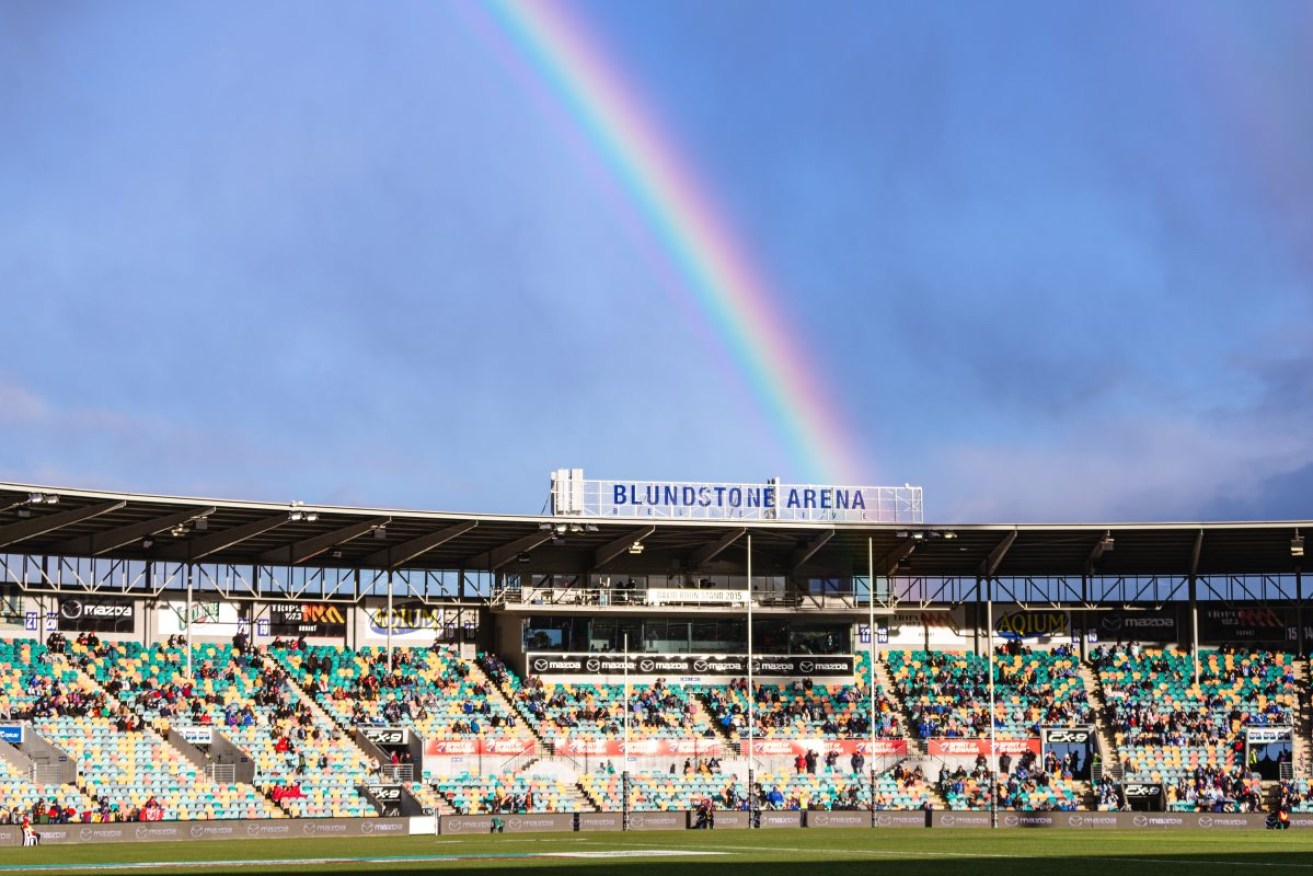
Hobart's Blundstone Arena during the Round 15 match between the Crows and North Melbourne. The AFL is considering private ownership for a new Tasmanian club. Photo: AAP/Linda Higginson
Would you buy shares in an AFL club? Would you want a multi-millionaire owning your AFL club?
Thirty years after having its fingers burnt with private equity in VFL-AFL franchises at West Coast, Brisbane, Sydney and North Melbourne, the AFL Commission is ready to again break Australian football’s long-standing convention of having the clubs’ “ownership” based on memberships sold annually.
Gone, it seems, are the uneasy memories of Sydney’s flamboyant Dr Geoffrey Edelsten and the crimes of failed Australian businessman Christopher Skase at Brisbane – and the financial pain they left behind.
AFL Commission chairman Richard Goyder is prepared to court his colleagues in the corporate world to find a new source of capital to underwrite AFL clubs that generally need $60 million in annual turnover – a figure that overshadows next month’s vote on expansion to 19 teams with Tasmania.
“We’d be crazy not to look at accessing different forms of capital as we go forward and as we look to continue to grow the game,” Goyder says.
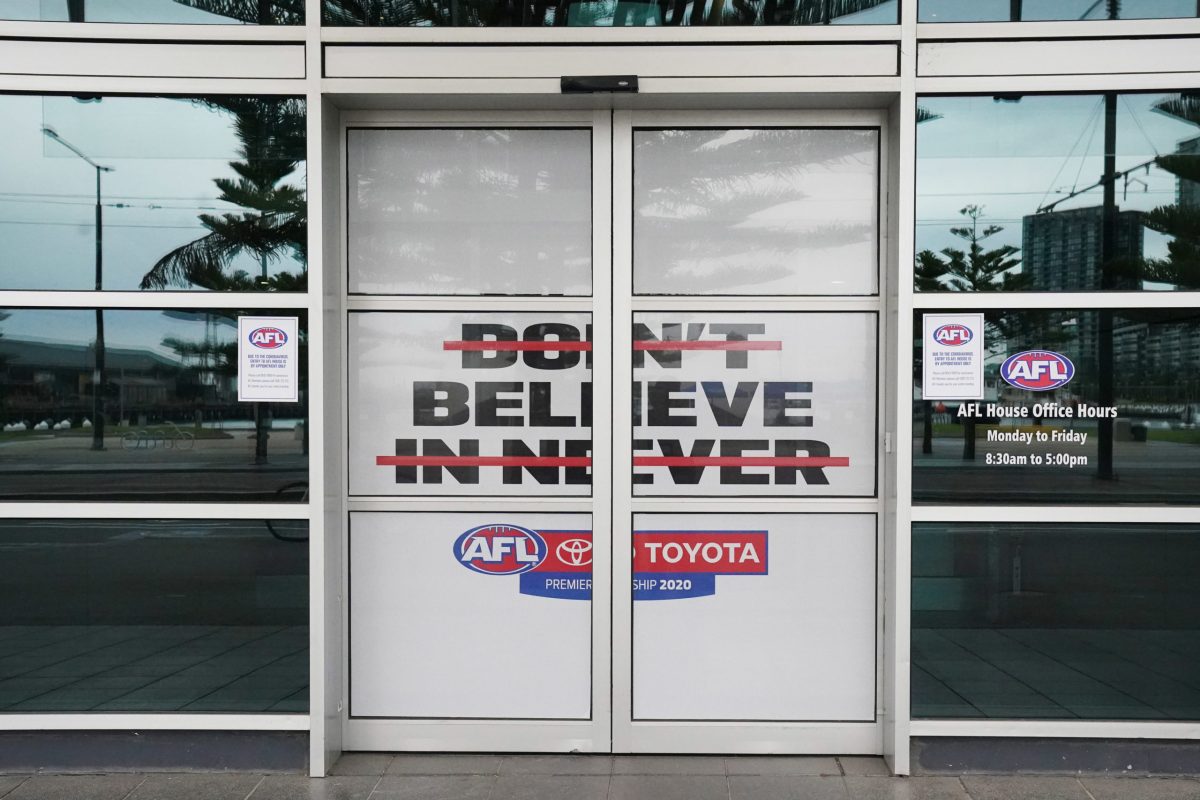
AFL House in Melbourne. Photo: AAP/Michael Dodge
The old guard, including former AFL commissioner and recently retired Geelong president Colin Carter, argues from the other extreme with the benefit of the lessons from the league’s previous adventures in private ownership.
“I have always been opposed to private ownership in our sport,” says Carter, an AFL commissioner for 15 years to 2008. He also served as Geelong president from 2011-2020 and is an expert in governance from his work as a management consultant with the Boston Consulting Group, where he is a founding partner of the company’s Australian arm.
“I opposed it when we went national in 1985. But a little later, because the competition was broke, the commission went for private owners (Edelsten, Skase etc). While this helped to fund the new teams when the AFL didn’t have any money, it was later viewed as a bad move. And private ownership was dropped from the commission’s agenda.
“Private owners have different objectives. They won’t spend on development. They have incentives to increase ticket prices even if it means crowd figures are less.
“Our match-day prices are very modest on world standards because no one is calculating how much more money they can make. Private owners won’t want to take the game to places like Darwin, Launceston. They will want every game where their dollar is maximised.”
The Tasmania question certainly has put private ownership back on the AFL agenda.
“How does Tasmania get underwritten if there was a team from Tasmania – big if – and how would that be underwritten over a long period of time?” asks Goyder.
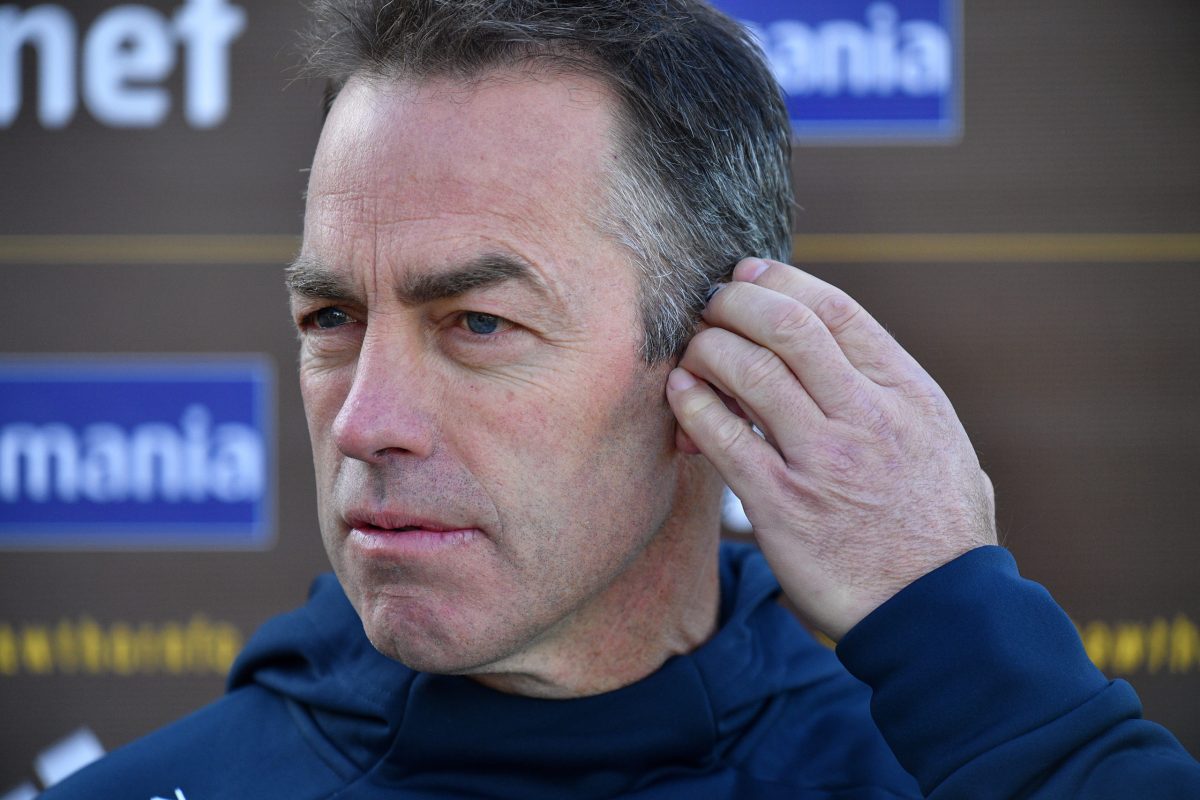
Photo: AAP/James Ross
Hawthorn premiership coach Alastair Clarkson, a member of the task force making Tasmania’s case for AFL entry, has answered with a hybrid member-private ownership model.
From his recent repeat trips to the United States, Clarkson has embraced the National Football League’s only publicly owned franchise, the non-profit corporation established in 1923 as the Green Bay Packers.
“In terms of Tasmania and the model we’re trying to put to the AFL, in terms of the ownership and the equity model, then Green Bay is such a good club to research,” Clarkson said.
“Their whole culture and community and the way they play is so similar to the culture of Tasmania, there’s so much to learn over here.”
There are 360,584 shareholders in the Packers community. There are 5,011,557 shares – recently valued at $400 each – and no-one can hold more than a four per cent (200,000 shares) stake in the NFL club. Clarkson’s model for Tasmania has shares priced at $500 each. No-one would be able to buy more than five shares.
At Collingwood, new president Jeff Browne has publicly endorsed revisiting private ownership saying: “It could bring enormous benefit, if correctly structured and implemented.”
Browne also speaks of the AFL needing to look beyond the billions from television rights to find “fresh capital” because “we can’t continue to run the competition (with financial handouts to struggling clubs) and we can’t continue to fund expansion”.
Browne recently reignited the debate on AFL hand-outs – or annual dividends – noting big-earning clubs such as Collingwood are generating more cash than they keep from the league’s annual distributions that are keeping as many as six clubs well financed.
Australian football has been here before. The VFL expansion in 1986, as Carter recalls, created club licences sold for $4 million: money eagerly needed while half of the 12 original Victorian Football League clubs were overwhelmed by debt.
West Coast began its AFL story in 1986 with ownership tied to the Indian Pacific Limited concept that offered season tickets to those buying IPL investment packages starting at $1500. This was the Green Bay Packers model in Australia.
The financial books from West Coast’s opening season of 1987 were disastrous. After a multi-million dollar bailout package from league headquarters, the Eagles were put in the hands of the West Australian Football Commission that bought a 75 per cent holding in IPL in 1989.
The last of the minority shareholders in IPL were bought out in 2000 and West Coast soon after rejected the chance to have South African investment company, Southern African Investments Ltd. (SAIL), put up $25 million for a 49-percent stake in the club.
Today, West Coast – with strong membership and corporate support and the capacity to generate $40 million at the 60,000-seat Perth Stadium – is the AFL’s biggest money club.
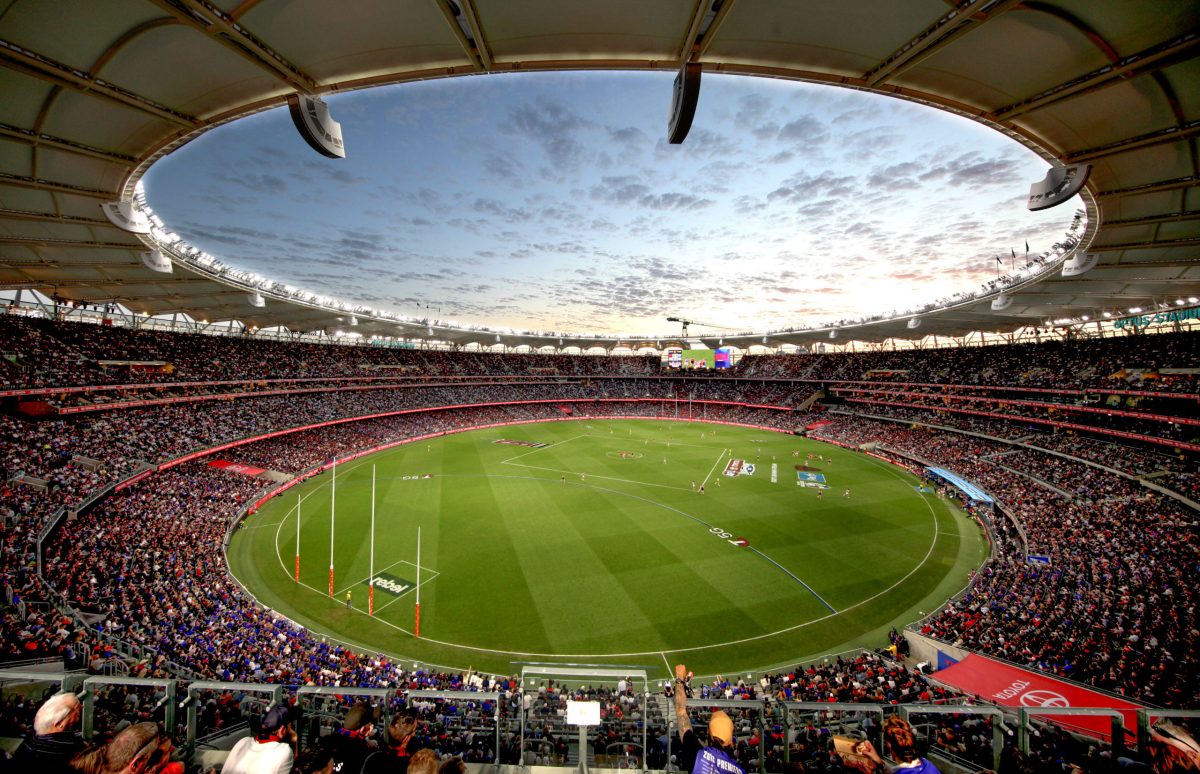
Perth’s new stadium. Photo: AAP/Michael O’Brien
It has league-best annual turnover (overtaking Collingwood in recent years) that reached $88 million before the COVID pandemic hit in 2020 when the Perth-based club had cash reserves of almost $100 million.
Also in 1986, North Melbourne also floated on the share market by issuing three million shares with the proviso there could not be one shareholder with controlling interest in the club. Still, Carlton in 1991 failed to read the fine print and thought it could take control of a rival AFL club – and strip North Melbourne of its star players – by buying the large share portfolio held by Bob Ansett.
There also is the footnote to Fitzroy’s collapse – and need to merge with the Brisbane Bears in 1996, creating the vacancy for Port Adelaide in 1997 – when the Nauru Insurance Corporation called in its debt with a VFL foundation club.
These moments reinforced Australian football’s safest model was to keep AFL clubs in the hands of members – and rely on television revenue, corporate sponsorship and the ever-increasing television rights to fund the national competition. Government grants became the source of capital funding under Andrew Demetriou’s watch as AFL chief executive at the start of the 2000s.
Carter was a member of the AFL Commission that preferred to ignore private equity in clubs.
“Private ownership lessens the engagement with members – and remember that our great asset is the huge number of club members relative to our population size,” says Carter.
“Our clubs only have three things to do with their ‘profits’ – improve facilities, reduce prices or pay the players more. Directors can assess these without also thinking of how to pay themselves more. Private ownership would take our competition into the ‘capital versus labour’ arena. That doesn’t help.
“Imagine if private ownership had been introduced a decade ago. Private investors would have made a fortune as the competition’s ‘value’ has been grown. But as things stand, that increase in ‘value’ is owned by the community. This is a far better outcome. You might get the impression that I am not a fan of introducing private ownership.”
Three decades later and with the COVID pandemic having drained Australian football of much of its cash reserves, the AFL Commission is prepared to follow so many other professional sports in courting the cheque books of Australia’s corporate elite.
The most reassuring notes on private ownership in Australian sport might come from the National Basketball League, a competition with 10 franchises (nine in Australia and one in New Zealand) and differing models of private ownership from consortiums, single owners and the hybrid investor-community mix.
“There is no ‘one size fits all’ answer to who makes the right owner of an NBL club,” NBL commissioner Jeremy Loeliger told InDaily.
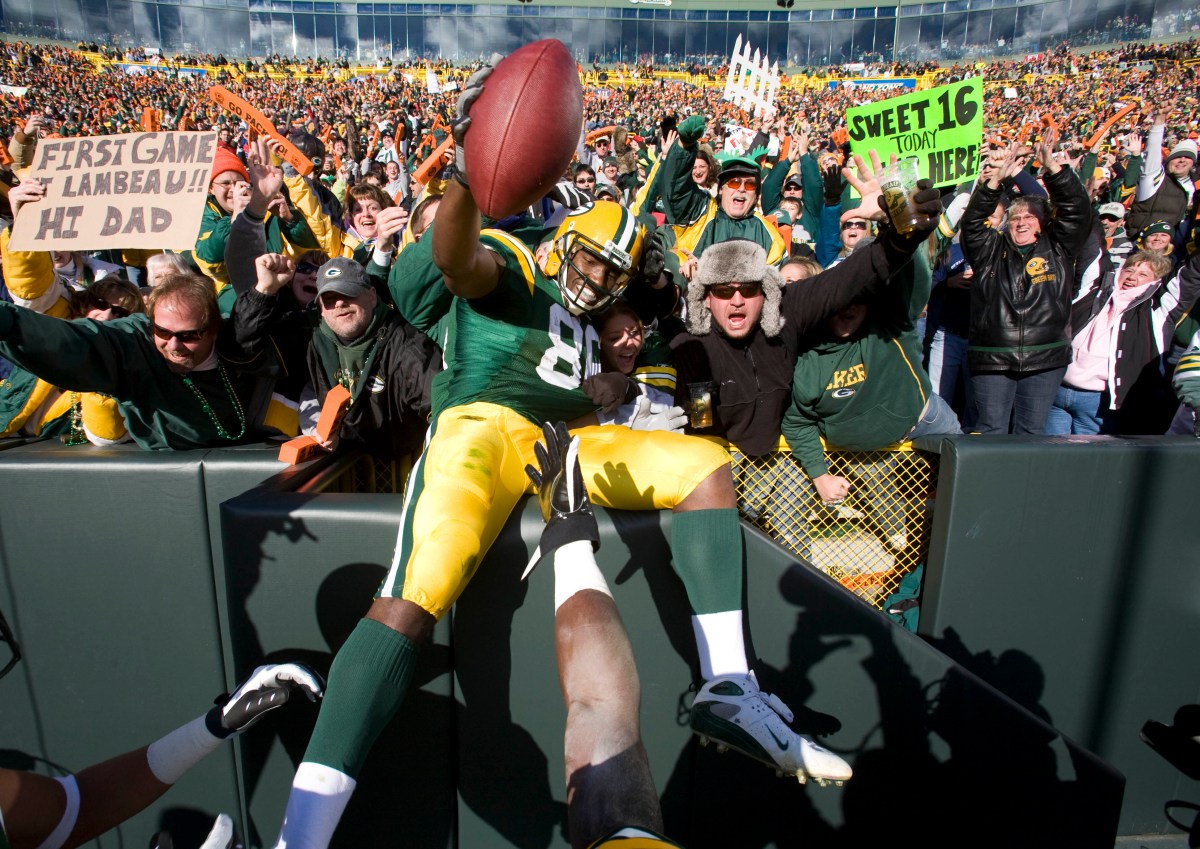
The Lambeau leap: The NFL’s publicly-owned Green Bay Packers are passionately embraced by their community at their home stadium, Lambeau Field. Photo: AP/Mike Roemer
The NBL already has beaten the AFL to the punch in winning the hearts of Tasmanian sports fans with the recent launch of the Tasmania Jack Jumpers, the league-owned team that defied all predictions to play (but lose) the NBL championship series earlier this year.
The NBL also is the private kingdom of Larry Kestelman, an entrepreneur who has made his fortune in high-end property development.
Kestelman first bought a club, the Melbourne Tigers in 2012, and made them Melbourne United. Three years later he spent $7 million to buy the financially troubled league that started in 1979 under the charge of Basketball Australia. His era is marked with the NBL re-establishing its relevance in Australian sport and returning critical free-to-air television coverage.
Fans always will question the motivation of private owners. But then they do the same today of AFL club boards, some – in particular Adelaide and Port Adelaide – that have a minority of its directors elected by the members. No Crows nor Port Adelaide president has been elected to the board since Greg Boulton retired at Alberton in 2008.
“Good governance (as promoted with AFL clubs) is a double-edged sword,” says Loeliger. “It can go over the top and nullify a club’s readiness to take the risk to look at alternative revenue streams.”
Before the COVID pandemic tested the strength of Australian sport, the NBL had closed its best-ever season in 2019-2020. Attendances passed one million, broadcast audiences and media coverage were at record levels and the NBL was watched beyond Australia-NZ shores with 25 international markets.
Loeliger has been a key part of Kestelman’s planning since he was the NBL chief executive from 2015-2019. His account of how the NBL returned to Tasmania, home to the Hobart Devils from 1983-1996, carries key notes for the AFL Commission.
The Jack Jumpers story is real life taking up Kevin Costner’s line of “build it and they will come” from the Hollywood classic, Field of Dreams.
“There was a venue, the Glenorchy Entertainment Centre (the old home of the NBL Hobart Devils); the state government played a role in upgrading the facility and there was public interest,” Loeliger told InDaily of the stepping stones that gave Tasmania a national league sporting team again.
“The Taswegians were adamant they wanted a team of their own, and the corporate support was clear too.”
The NBL currently owns the Jack Jumpers. When the licence is put up for sale, Loeliger expects the private owners to accept they are holding a “public asset … and they will continue to run it with a community-first approach”.
Is there such a private owner who can put public interest before his private wealth?
Loeliger recalls how the NBL’s most successful franchise, the Perth Wildcats, was sold by the American-born Jack Bendat who owned the club from 2007 until last year. He handed 100 per cent ownership – for an undisclosed sum said to be about $8.5 million – to Craig Hutchison’s Sports Entertainment Network that already had a 25 per cent share in Melbourne United.
“Jack turned down big offers because he felt the would-be owners were not community-minded,” Loeliger said. “Jack was a community-minded philanthropist. His motivation was not profit. But he also gave the club great stewardship as a businessman.
“And there is Paul Smith (the Sydney businessman who took control of the NBL’s glamour Sydney Kings franchise in 2019) who put his money into the rebuild of the Kings when they were not fashionable with investors.”
So who buys into – or is allowed to buy – an NBL club, particularly when the franchises are not renowned for returning substantial profits?
In Adelaide, the 36ers are owned by Grant Kelley who is regarded as the “ideal”: an owner who keeps a low profile while appreciating the fans still must feel they are emotionally part of a sporting club, rather than just a figure on the balance sheet of an investment portfolio.
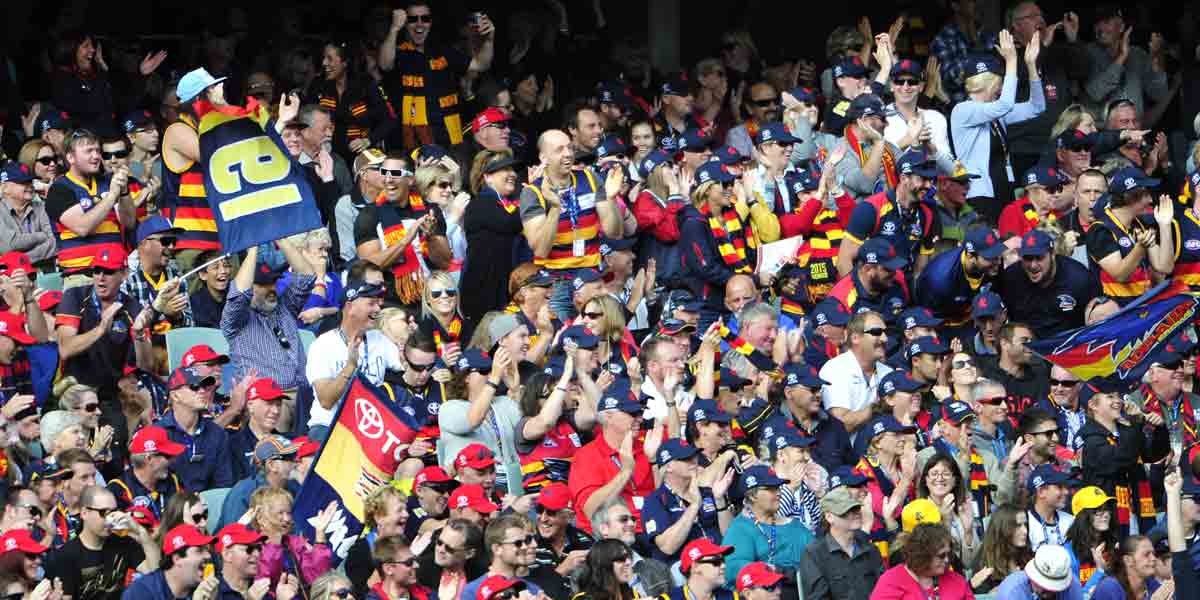
“The fans remain the most-important part of the equation,” says Loeliger.
“We invite the enterpreneurial vigour of private ownership. But the fans must be at the centre of every decision – and we seek owners who have the same view. We’d rather have owners who put their skin in the game with the fans rather than those who signing blank cheques.
“Once they take charge of a club, we (the NBL executive) stay out of the way. The licence agreement sets minimum standards, particularly on financials.”
The NBL philosophy on private equity is the owners are looking for capital growth in their investment more so than annual profits.
“They will run sophisticated operations; not all are profitable, but the investment is built on recouping any losses by capital growth,” Loeliger said.
The AFL is unlikely – certainly in the short term – to return to single owners such as Dr Edelsten with his pink helicopter. And there is always uncertainty on relying on government funding, particularly in a volatile political landscape such as Tasmania.
Clarkson’s wish to replicate the American football Green Bay Packers in Tasmania becomes an interesting model to study, particularly if there is a fan backlash as Port Adelaide suffered during its dark chapter – the “tarps era” at Football Park – from 2010-2012.
It is one thing to empty your seats as a fan; it is even more serious when the club’s treasury is emptied… as the AFL learned at great expense with West Coast, Brisbane and Sydney.




